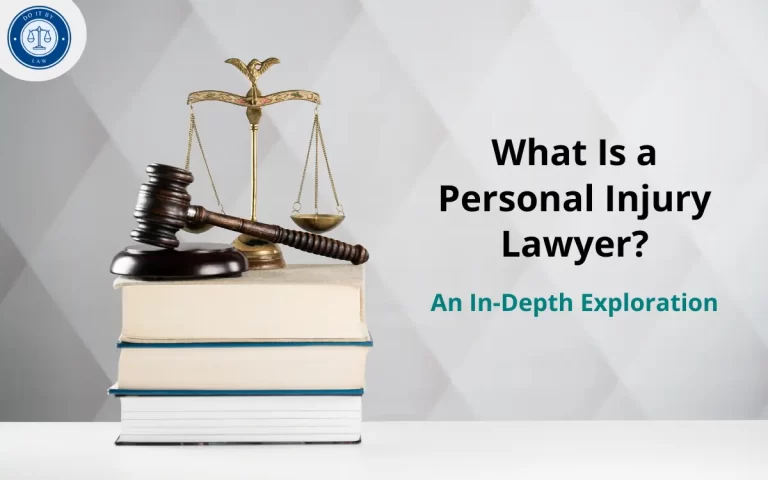What is a Law Enforcement Blue Alert?
A Blue Alert is an emergency notification system used to inform the public about threats to law enforcement officers and help locate suspects when officers are killed, injured, or missing in the line of duty. The alerts provide real-time information to the public through media broadcasts and other notifications.
When is a Blue Alert Issued?
A blue alert is only issued when very specific criteria are met, which varies slightly by state but generally includes:
- A law enforcement officer must have been killed, seriously injured, or abducted/missing in the line of duty
- There must be actionable information available to the public that could help locate or apprehend the suspect, such as a physical description of the suspect or a vehicle description
- The suspect poses an imminent and credible threat to the public and other law enforcement personnel
Essentially, blue alerts are used when there is an ongoing emergency that puts law enforcement officers and the public in danger, and sharing information could help mitigate or resolve the threat.
They are not used for non-emergency situations or when a suspect has already been apprehended. There must be an imminent, credible threat for an alert to be justified.
What Information is Included in a Blue Alert?
Blue alerts typically include key details about the suspect and incident, such as:
- Name and description of the suspect
- Description of the suspect’s vehicle (make, model, color, license plate number, etc)
- Specific details about the location of the incident, direction of travel, potential destinations
- Names of involved officers, law enforcement agencies
- Photographs/images of the suspect, vehicles, etc (if available)
- Hotline phone numbers for submitting tips/information
The alerts aim to give the public enough actionable information to be on the lookout for the suspect and help law enforcement apprehend them. The information is timely, specific, and relevant to determining the location of the suspect.
How are Blue Alerts Issued?
Blue alerts are issued through the Emergency Alert System (EAS) and Wireless Emergency Alerts (WEA) systems managed by the Federal Emergency Management Agency (FEMA). This allows the alerts to interrupt radio and TV broadcasts, activate highway signage, and be pushed as cell phone alerts to the affected geographic area.
The alerts can be issued by local, state, or federal law enforcement agencies through coordination with emergency management authorities. Each state has its processes and oversight for utilizing the system appropriately. In general, the flow for activating a blue alert includes:
- An incident occurs where a law enforcement officer is killed/injured/missing and there is a public threat
- Local law enforcement agency confirms criteria have been met for alert
- The agency coordinates with State Police/Highway Patrol to prepare alert
- Alert information is formatted for EAS/WEA systems
- The alert is activated and disseminated to the public via radio, TV, cell phones
This whole process can usually happen very quickly within a span of 30 minutes to 1 hour so that the information reaches the public promptly.
What Should You Do if You Receive a Blue Alert?
If you receive a Blue Alert notification with suspect or vehicle information, authorities are requesting the public’s help, so you should follow these steps:
- Review the details in the alert carefully and memorize key information on the suspect/vehicle description.
- Report any sightings or whereabouts immediately by calling 911. Every minute counts so swift reporting is critical.
- Do not approach suspects or try to intervene on your own. Assume they are armed and dangerous.
- Share the alert information with family, friends, and neighbors to get more eyes looking, but avoid sharing on public social media.
Following these procedures helps law enforcement apprehend suspects faster while keeping the public safe.
Why are Blue Alerts Important for Law Enforcement?
Blue Alerts provide vital, rapid support to law enforcement in dangerous and urgent situations. Key benefits include:
- Quickly spreading information on regional threats
- Expanding the search area for suspects
- Engaging civilians to report sightings
- Deterring suspects by informing them the public is alerted
- Boosting officer safety by apprehending perpetrators faster
By getting critical information out promptly, Blue Alerts gives law enforcement enhanced resources when it matters most.
How Effective Are Blue Alert in Locating Suspects?
Research shows that blue alerts are effective tools for locating suspects who pose an imminent threat after attacking police officers. Some statistics on blue alert effectiveness:
- Over 90% of blue alerts lead to an arrest being made
- 65% of arrests happen within the first 4 hours after an alert is issued
- Alerts directly led to 125 captures as of 2021 (source 1)
- 245 officers have been saved by the alerts as of 2021 (source 2)
By widely disseminating critical information to the public, blue alerts leverage the community’s help in locating suspects quickly before they can inflict more harm. However, some argue that the alerts are overused and primarily serve law enforcement interests over public safety.
Origins of the Blue Alert System
The first Blue Alert system was created in 1996 in Florida after the death of a police officer. It was designed to quickly inform highway patrol and other law enforcement agencies of threats and get information out through dynamic message signs on highways.
After additional officers were killed on duty in the 2000s, more formalized state-level Blue Alert systems were established with expanded notification systems beyond road signs.
Today, almost every state has some form of Blue Alert system in place, as well as the National Blue Alert Network established by the Department of Justice.
Controversies Related to Blue Alerts
While Blue Alerts play an important role in protecting law enforcement and the public, there has been some controversy about how they are utilized.
Some of the main concerns that have been raised include:
- Overuse: Alerts being issued in situations that don’t meet the criteria or don’t represent imminent threats.
- Alert fatigue: Too many alerts could dull public response over time.
- Privacy issues: Lack of oversight on what private data is collected and shared through the system.
- Bias: Potential racial bias in what incidents prompt an alert since minorities are disproportionately involved in police shootings.
There are still debates around ensuring Blue Alert systems balance enhanced law enforcement resources with responsible use, transparency, and equity.
Blue Alert vs. AMBER Alert
AMBER Alerts notify the public about child abductions while Blue Alerts involve threats to law enforcement officers. However, they work through very similar emergency notification systems and procedures.
Some key differences include:
| Blue Alert | AMBER Alert |
|---|---|
| Involves attacks or threats on law enforcement officers | Involves child abductions |
| Issued by law enforcement agencies | Issued by state police/highway patrol |
| Focused on apprehending suspects | Focused on rescuing child victims |
| Used more reactively during incidents | Used more proactively with abductions |
But both aim to get time-sensitive information out quickly through statewide alerts.
The Future of Blue Alert
Some areas where Blue Alert systems may expand in the future include:
- Enhancing technology to pinpoint geographic targeting of alerts
- Integrating alerts into more smart devices and apps
- Increased coordination across state lines as suspects flee beyond regions
- Expanding criteria for types of threats to officers that prompt alerts
- Improving training and protocols to encourage responsible alert issuance
As technology progresses and threats evolve, Blue Alert systems will need to adapt to best serve law enforcement and community safety.
Key Takeaways About Blue Alert
In summary, the key points to know about blue alerts:
- They are emergency messages issued to help locate violent suspects who have seriously injured or killed police officers
- Alerts are broadcast through radio, TV, cell phones, signs when specific criteria are met
- Alerts include identifying details about suspects and vehicles
- The public is asked to contact authorities immediately if they spot the suspect
- Blue alerts are effective in apprehending over 90% of suspects within 4 hours
- However, some critics argue alerts lack oversight and disproportionately target marginalized groups
Understanding this emergency notification system, its intended use cases, and its effectiveness can help you respond appropriately if you ever receive a blue alert in your area. Being an alert, engaged member of the community helps law enforcement resolve these urgent situations.
Frequently Asked Questions About Blue Alerts
Here are answers to some common questions about blue alerts:
The Bottom Line
Blue alerts play an important role in informing the public about imminent threats to law enforcement and helping locate violent suspects that have gravely injured or killed police officers in the line of duty.
However, oversight and consistent usage standards are critical to ensure these emergency notification systems are not misused or overused.
With proper safeguards and regulations in place, blue alerts can effectively leverage the power of community assistance to save officers’ lives during emergencies.




